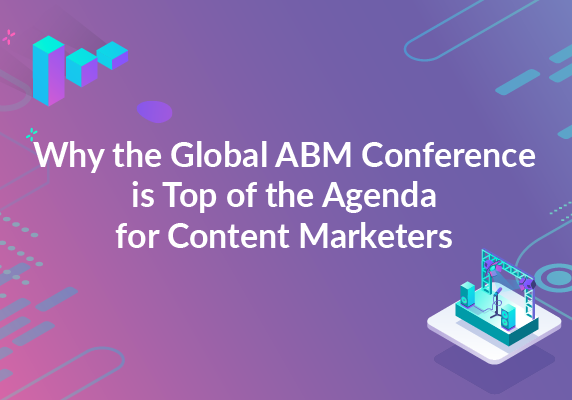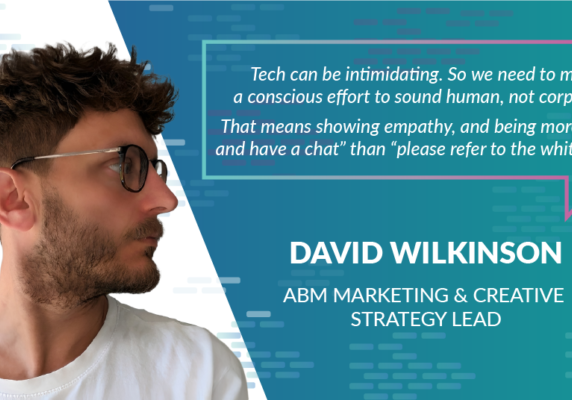Stages of creating a website
A well-coordinated team of specialists is the key to create a professional website. It is a complex process, but the outcome is worth the effort.

1. Website Requirements analysis
An analysis of client’s activities, needs and opportunities to use specific technologies are of great importance to launching a well thought out and consistent page that will make use of all the possibilities that the Internet offers. At this stage, you prepare a first draft of the subpages, navigation system and programming solutions. This includes coming up with solutions that guarantee usefulness and responsiveness as well as the impact of SEO activities.
Who works on creating web pages?
Creating a professional website requires close cooperation of different specialists. The people responsible for supervision, application testing and staying in touch with clients are graphic designers, webmasters, PHP programmers, analysts, coding specialists, etc.
2. Web design
Web design includes not only creating a graphic project. This stage is also responsible for preparing the navigation system, typography and planning colour-coded elements for website conversion. At the project stage, you should take into account the elements related to the optimisation of page load time.
3. Generating HTML code
The next stage is the creation of the website, that is creating the code displayed in the web browser. This is based on a previously prepared graphic layout. A professional HTML code should comply with standards to properly display the content in various browsers. The site should be optimised in such a way so that Internet users don’t have to wait long to load the page.
Apart from the static graphics, you can also include animated elements. Their task is to highlight some key features. This will also help to increase your conversion rate. Again, the HTML code of such animations should always be optimised for fast loading of web pages.
4. Internet applications
Modern technologies allow for the creation of fully functional applications on websites. They can serve as online stores, automatic valuation systems or a customer request programme. Websites are equipped with additional programmes that increase the chances of getting new clients.
5. Search Engine Optimisation (SEO)
In order for an already launched website to be able to play its marketing and service role, it should be accessible and easy to find. While creating the page, the HTML code should be useful for visitors and optimised in the most user-friendly way for search engines.
According to research conducted by KoMarketing once on a company’s homepage:
“86% of visitors want to see information about that company’s products/services”.
That is why you need to make sure that the information displayed on your page is up-to-date. This is where customers seek information in the first place.
If you need a new website or just a landing page, please feel free to contact us to receive a free consultation.
START A PROJECT WITH US







